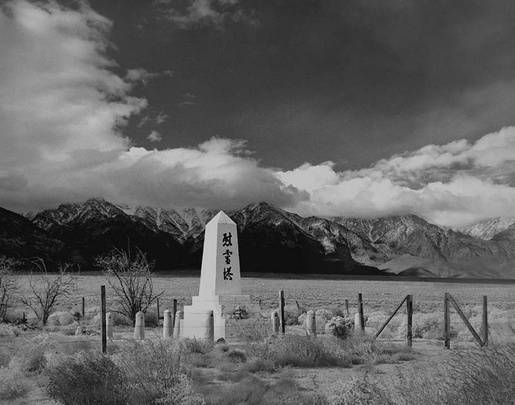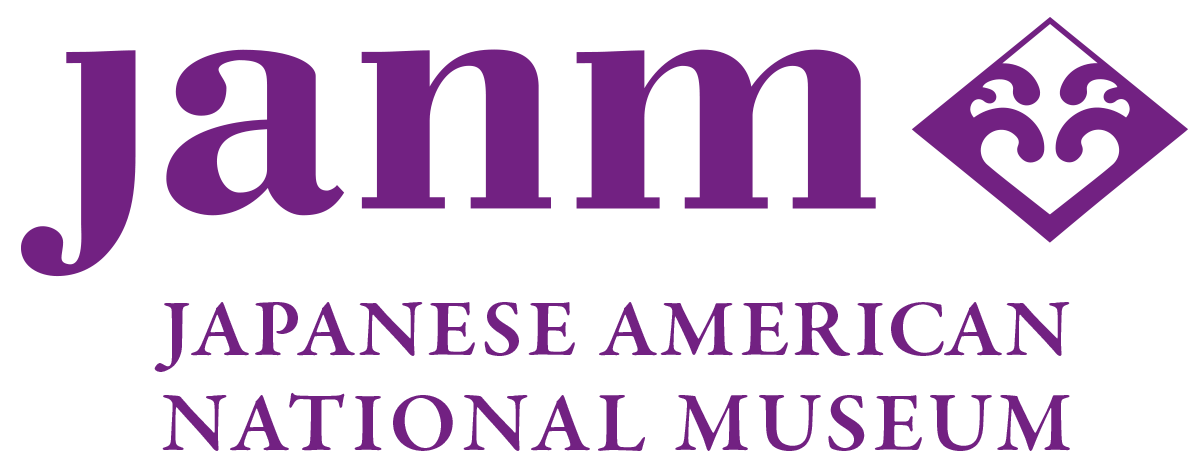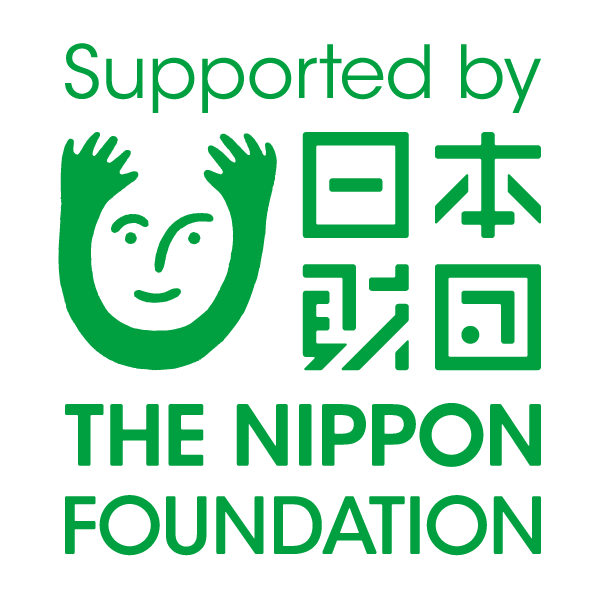

Drawing the Line: Japanese American Art, Design & Activism in Post-War Los Angeles
 JANM
JANM
|

|
||
| Licensing | ||
Robert A. Nakamura
Robert A. Nakamura (b. 1937) is a filmmaker, teacher, and community activist. In 1970, he co-founded Visual Communications, now the oldest Asian American media center in the U.S. His landmark films include Manzanar (1972), an experimental documentary that revisited childhood memories of the World War II incarceration, and Hito Hata: Raise the Banner (1980), the first Asian American feature film.
After attending Art Center College of Design in Pasadena, he had a successful career as a photojournalist and studio photographer; his work was published in Life, Look, andCosmopolitan magazines among other publications. In the early 1960s, he worked in the office of Charles and Ray Eames in Venice, documenting their work and assisting on films and installations. After a trip to Japan for inspiration, he returned to Los Angeles in the late 1960s, discovered the Asian American movement—in part through the magazine Gidra—and began using his talents to further its political and cultural goals. Nakamura would later found both the University of California, Los Angeles (UCLA) Center for Ethnocommunications and the Watase Media Arts Center of the Japanese American National Museum.
Cemetery Monument at Manzanar, California, One of Ten Concentration Camps in the U.S. That Incarcerated Over 120,000 Americans of Japanese Descent During WWII (2009), Courtesy of Robert A. Nakamura. © Robert A. Nakamura
Based on this original

|
Cemetery Monument at Manzanar by Robert A. Nakamura |
 "Transpacific Borderlands" Artist Profiles
"Transpacific Borderlands" Artist Profiles 2013 JANM National Conference - "Speaking Up! Democracy, Justice, Dignity"
2013 JANM National Conference - "Speaking Up! Democracy, Justice, Dignity" Drawing the Line: Japanese American Art, Design & Activism in Post-War Los Angeles
Drawing the Line: Japanese American Art, Design & Activism in Post-War Los Angeles GIDRA: April 1974 issue
GIDRA: April 1974 issue GIDRA: February 1973 issue
GIDRA: February 1973 issue GIDRA: January 1971 Issue
GIDRA: January 1971 Issue GIDRA: April 1969 issue
GIDRA: April 1969 issue The 21st Century Museum: Significant artifacts selected by Japanese American National Museum Volunteers
The 21st Century Museum: Significant artifacts selected by Japanese American National Museum Volunteers 全米日系人博物館 『コモン・グラウンド - コミュニティの心』
全米日系人博物館 『コモン・グラウンド - コミュニティの心』
 Journal feed
Journal feed
